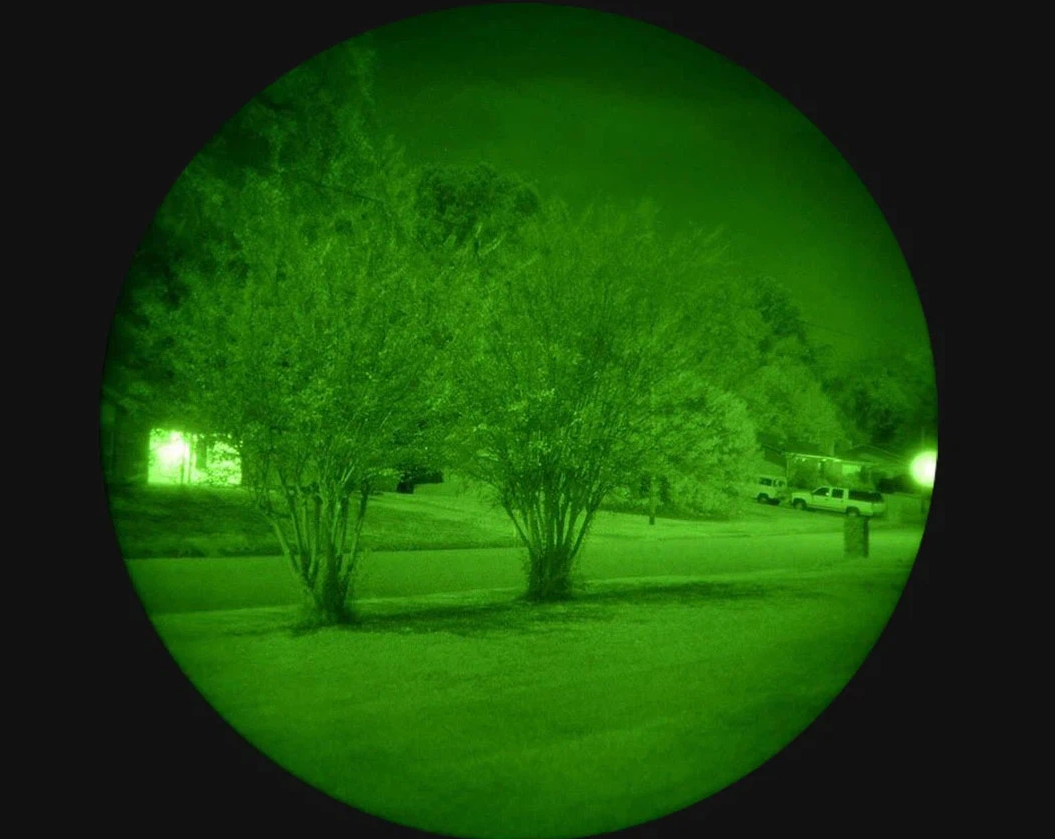Introduction:
As the demand for advanced surveillance and tactical capabilities continues to evolve, the integration of low-light night vision devices has become increasingly crucial in modern military operations. The utilization of cutting-edge low-light night vision technology has revolutionized the way armed forces conduct reconnaissance, surveillance, and combat operations in challenging environments.
Enhanced Situational Awareness:
Low-light night vision devices provide military personnel with enhanced situational awareness, allowing for effective operations in low-light or no-light conditions. By utilizing GEN2+ (GEN3) low light image intensifiers, these devices offer superior image clarity and detail, enabling troops to navigate and engage targets with precision in darkness.
Expanded Field of View:
The incorporation of ultra-wide field of view and field of view splicing technology in low-light night vision devices has significantly expanded the visual capabilities of military personnel. With a panoramic view of the operational environment, troops can effectively monitor and assess potential threats, enhancing overall mission effectiveness and safety.
Precision Alignment Technology:
The integration of alignment technology in low-light night vision devices ensures precise calibration and optimal performance in the field. This technology plays a critical role in maintaining accurate vision and situational awareness during tactical operations, contributing to the success of military missions.

Lightweight and Ergonomic Design:
The lightweight design of low-light night vision devices enhances the mobility and comfort of military personnel during extended use. The fit design with helmets and gas masks ensures seamless integration with existing tactical gear, allowing for optimal functionality and adaptability in diverse operational scenarios.
Strategic Advantage:
The strategic advantage provided by low-light night vision devices is undeniable, offering military forces the ability to operate effectively during nighttime operations, surveillance, and reconnaissance missions. The advanced features and reliability of these devices empower troops with the necessary tools to maintain a tactical edge in complex and dynamic environments.

Conclusion:
The integration of low-light night vision devices has significantly enhanced the operational capabilities of military forces, providing them with a decisive advantage in challenging and low-light environments. The continuous advancements in low-light night vision technology have reshaped the landscape of modern warfare, enabling troops to operate with precision and confidence in the darkest of conditions. As military operations continue to evolve, the role of low-light night vision devices remains pivotal in ensuring mission success and the safety of personnel.

